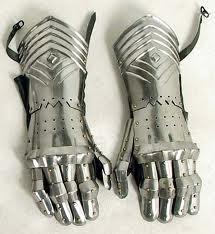On completion I would expect an electrical installation certificate to be issued, this will also include schedules of inspection and schedules of test results.I presume I need to ask for a EIC upon completion of the work and ensure that the installer notifies local building control?
The building controls certificate of compliance notification, would be made on completion of the work if you employ a scheme registered electrician, they generally give the installer one month to notify the work, if non registered electrician was used, then they need to apply prior to starting the work.
On completion and notification it can take up to 6 weeks for the compliance cert to be sent out to you.
They are not always issued on the day but should be issued in a short period after completion, I am happy for a portion of the money to be withheld until certificates are completed.Is the certificate issued on the day the work is done or do you have to wait? If you have to wait, is it normal practice not to pay up until you get the EIC? I cant see the installer being OK with that?!



